Violence is tearing Mali and the Sahel apart. But who are the armed groups behind the bloodshed? Where are international actors stationed in the region? And what motivates them all? This project maps jihadist and non-jihadist groups and pinpoints the presence of external actors in the region as of May 2019.
Mouvement National pour la Libération de l’Azawad (MNLA)
The MNLA was founded in October 2011 following meetings held in northern Mali, largely among Tuareg communities. It was initially composed of a mixture of Tuareg returnees from the 2011 rebellion against Libyan leader Muammar Qaddafi (such as the group’s military commander Mohamed Ag Najim) and defectors from the Malian defence and security forces. The MNLA began its rebellion against the Malian state in January 2012, quickly spreading throughout northern Mali alongside Ansar al-Din in an uneasy and soon-broken partnership. The MNLA occupied part of northern Mali and declared a ‘capital’ of its new state in Gao in April 2012. However, many civilians accused MNLA fighters of abuses and criminality, and MUJAO expelled them from Gao in July 2012, wounding MNLA president Bilal Ag Acherif in the process. Jihadist groups increasingly pushed the MNLA to northern Mali’s borders until the French-led Operation Serval in February 2013. MNLA fighters helped guide French forces and continued working with them in different capacities through the transition from Operation Serval to the regionally focused Operation Barkhane in August 2014. However, the MNLA has been consistently weakened by internal strife as well as attacks by AQIM and other armed groups. For example, AQIM assaulted the MNLA base at Talhandak in December 2015, killing at least ten MNLA fighters. As a result, the MNLA has been increasingly marginalised within the CMA in favour of the HCUA.
